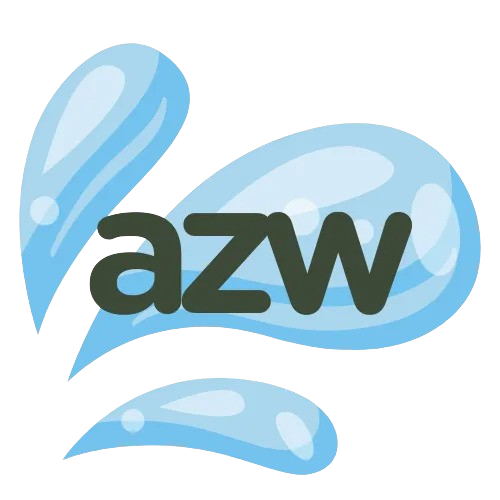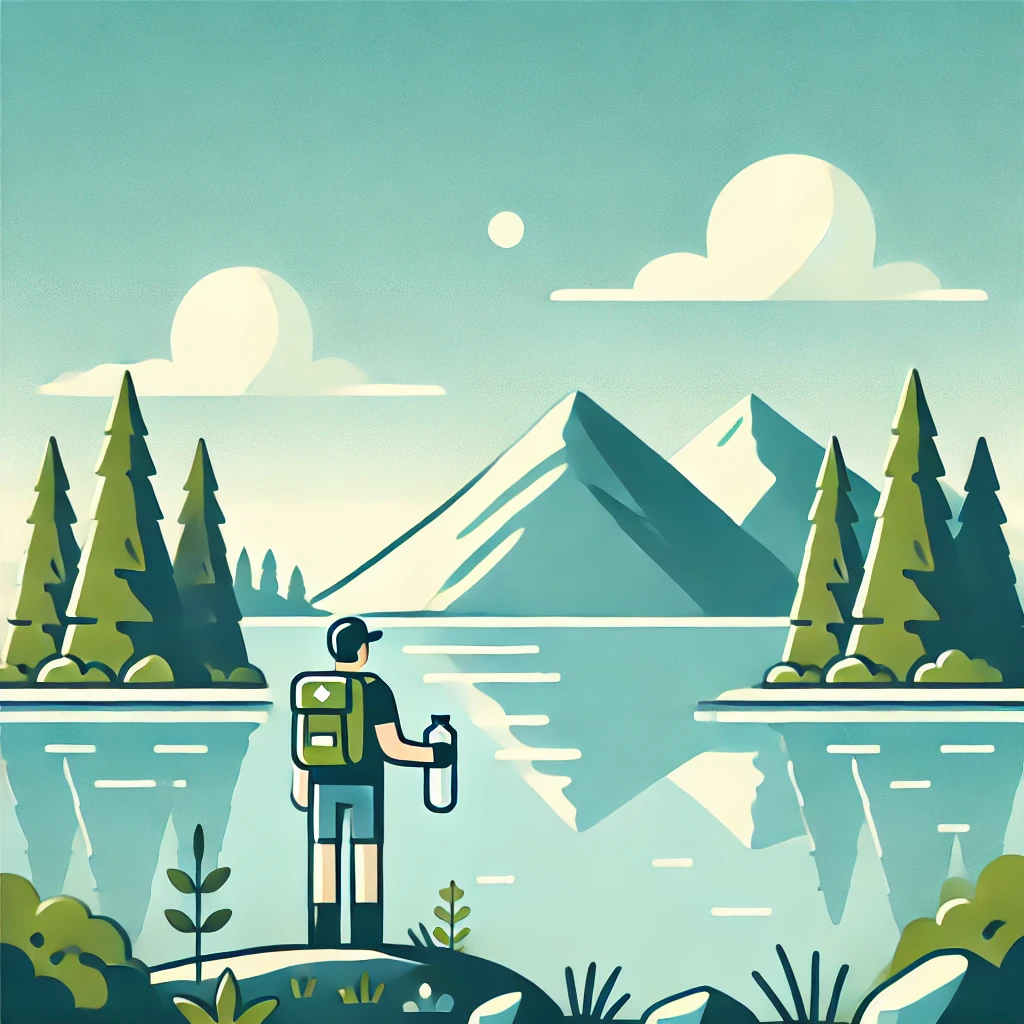As a backpacker, staying hydrated while on the trail is essential to maintaining energy and preventing dehydration. Water sources like streams and freshwater lakes are often abundant in nature, but should you drink water from freshwater lakes? While it may seem like a quick and convenient solution, drinking untreated water from these sources can be risky. In this article, we’ll explore the dangers of drinking from freshwater lakes, the importance of water purification, and why chlorine dioxide tablets are an excellent option for safe hydration on the go.
Why Drinking Untreated Water Can Be Dangerous
Freshwater lakes are often viewed as pristine and clean, especially when surrounded by natural landscapes. However, should you drink water from freshwater lakes without any purification? The answer is no. Natural water sources can be contaminated with harmful bacteria, parasites, and viruses, all of which can lead to serious health issues. Some of the most common waterborne pathogens include:
- Giardia: A parasite that causes gastrointestinal problems like diarrhea, cramps, and nausea.
- Cryptosporidium: Another parasite that leads to similar digestive issues and is resistant to many traditional water treatments.
- Bacteria: E. coli, Salmonella, and other harmful bacteria can thrive in untreated water.
- Viruses: Pathogens such as norovirus can spread through contaminated water, causing stomach and intestinal distress.
Drinking untreated water from a freshwater lake exposes you to these risks, which can significantly affect your health, disrupt your adventure, and even lead to more severe illnesses if not addressed promptly.
How to Make Freshwater Lake Water Safe to Drink
Although drinking untreated water from a freshwater lake is not recommended, there are several methods to purify it and make it safe for consumption. Whether you’re hiking, camping, or backpacking in the wilderness, it’s important to always have a reliable water purification solution on hand. Here are some of the best methods for ensuring the water you drink is free of harmful pathogens:
1. Boiling Water
Boiling is one of the most effective and simplest ways to purify water. To ensure the water is safe, bring it to a rolling boil for at least 1 minute. At higher altitudes, increase the boiling time to 3 minutes. While boiling water kills most pathogens, it requires a heat source and may not be convenient if you’re on the move or low on fuel.
2. Filtration Systems
A portable water filter is a great investment for backpackers who need to filter out contaminants from water. Modern filtration systems can remove bacteria, parasites, and other harmful microorganisms, making the water safe to drink. When purchasing a filter, ensure it is capable of filtering out protozoa and bacteria for maximum protection.
3. Chlorine Dioxide Tablets
For lightweight and easy purification, chlorine dioxide tablets are an excellent solution for backpackers. These tablets are small, portable, and effective at killing bacteria, viruses, and protozoa. Simply drop the tablet into the water, wait for it to dissolve, and wait 30 minutes to purify the water. Chlorine dioxide tablets are an ideal water treatment option for those who need a quick and effective way to disinfect water without carrying heavy equipment.
4. UV Water Purifiers
UV sterilizers use ultraviolet light to eliminate pathogens in the water. This method is quick and effective, though it works best with clear water. If the water is murky, UV purifiers may not be as effective, so it’s a good idea to combine UV treatment with other purification methods.
5. Water Purification Pumps
For larger quantities of water, a water pump purifier can be useful. These devices force water through a filter, removing contaminants. However, they can be bulky and require more space in your pack. Pump filters are perfect for groups or extended backpacking trips where large amounts of water need to be treated.
When Is Water from Freshwater Lakes Safe to Drink?
While most freshwater lakes are not safe to drink from without treatment, there are exceptions. Some lakes, especially those in remote, pristine areas, may be naturally cleaner than others. However, this is not always the case, and even seemingly clean lakes can harbor hidden contaminants. The only way to be sure your water is safe is to purify it using one of the methods outlined above.
If you are unsure about the safety of a freshwater lake, it’s always best to treat the water, even if it appears clean. Don’t take the risk of drinking untreated water, especially when a simple water purification method can protect your health.
The Benefits of Chlorine Dioxide Tablets for Backpackers
Backpacking in remote areas requires that you stay hydrated with minimal effort. Chlorine dioxide tablets are a backpacker’s best friend when it comes to purifying water from freshwater lakes. They are:
- Lightweight and portable: You can easily carry them in your pack without adding extra weight.
- Effective against most pathogens: Chlorine dioxide kills bacteria, viruses, and protozoa, making water from a freshwater lake safe to drink.
- No bad taste: Unlike other water treatments, chlorine dioxide tablets leave no unpleasant taste or odor in the water.
- Quick and easy to use: Simply dissolve the tablet and wait 30 minutes for clean, safe water.
Conclusion: Stay Safe and Hydrated on Your Adventure
When it comes to staying hydrated during a backpacking trip, are freshwater lakes safe to drink from? The answer is no, not without proper purification. While freshwater lakes may seem like a good source of water, untreated water can harbor harmful pathogens that can lead to illness.
Don’t risk your health—always carry a reliable water purification solution, and enjoy your outdoor adventures with confidence!

